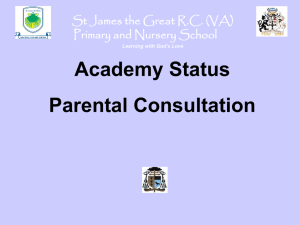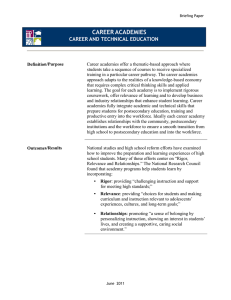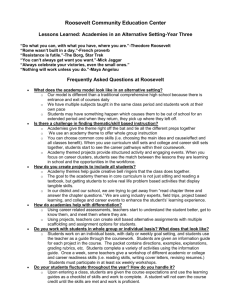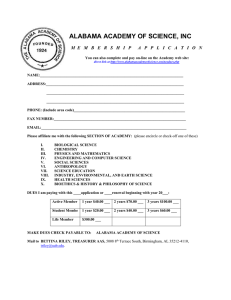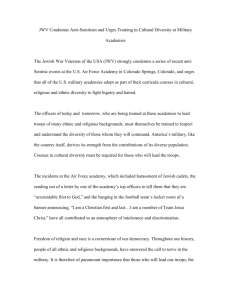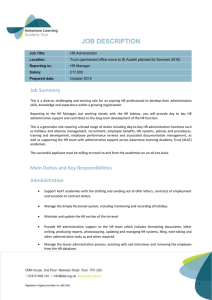STATE SUPERINTENDENT’S CAREER-READY COMMISSION
advertisement
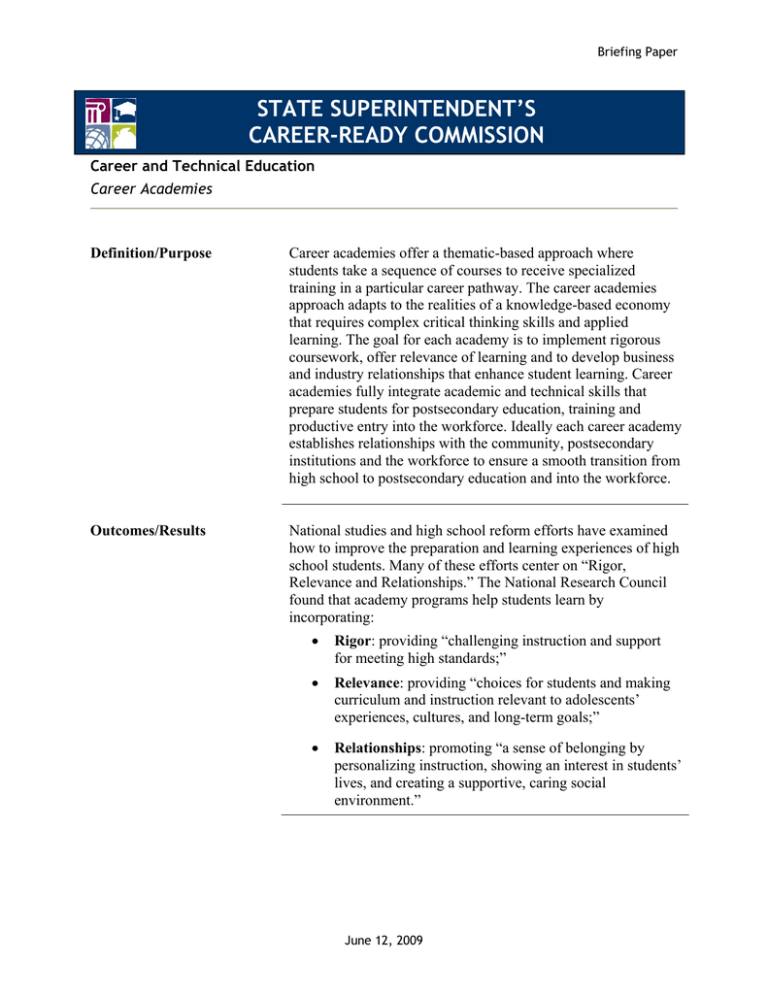
Briefing Paper STATE SUPERINTENDENT’S CAREER-READY COMMISSION Career and Technical Education Career Academies Definition/Purpose Career academies offer a thematic-based approach where students take a sequence of courses to receive specialized training in a particular career pathway. The career academies approach adapts to the realities of a knowledge-based economy that requires complex critical thinking skills and applied learning. The goal for each academy is to implement rigorous coursework, offer relevance of learning and to develop business and industry relationships that enhance student learning. Career academies fully integrate academic and technical skills that prepare students for postsecondary education, training and productive entry into the workforce. Ideally each career academy establishes relationships with the community, postsecondary institutions and the workforce to ensure a smooth transition from high school to postsecondary education and into the workforce. Outcomes/Results National studies and high school reform efforts have examined how to improve the preparation and learning experiences of high school students. Many of these efforts center on “Rigor, Relevance and Relationships.” The National Research Council found that academy programs help students learn by incorporating: • Rigor: providing “challenging instruction and support for meeting high standards;” • Relevance: providing “choices for students and making curriculum and instruction relevant to adolescents’ experiences, cultures, and long-term goals;” • Relationships: promoting “a sense of belonging by personalizing instruction, showing an interest in students’ lives, and creating a supportive, caring social environment.” June 12, 2009 Career Academies (continued) Essential Practices Career academies provide a focused course of study targeted to a career area/cluster/pathway. While many career academies are organized as a ‘school within a school,’ some entire schools organize all of their programs around career academies. • Each academy offers students a sequence of courses that lead to advanced training/education. • Each academy has a particular career theme. • Each academy collaborates with related business and industry. • Each academy is labor-market driven. • Each academy offers rigorous and relevant courses. • Each academy integrates academic and technical concepts. Examples are • Apex High School Academy of Information Technology, Wake County • Atkins Academic and Technology High School, Winston-Salem Forsyth County • Central Academy of Technology and the Arts, Union County • Highland School of Technology, Gaston County • J.F. Webb School of Health and Life Sciences, Granville County • Ledford High School Academy of Biotechnology, Davidson County • Philip O’Berry Academy of Technology, Charlotte Mecklenburg • Pitt County Health Sciences Academy, Pitt County • Scotland High School, Scotland County Statewide Statistics 133 Career Academies Statewide (2008) 15,088 Student Enrollment (2008) Popular Career Academies: • Health/Medical (36) • Business/Finance (15) • Information Technology (12) • Engineering (7) Leadership Greg Gift, CTE Assistant Director 919-218-2623 :: greg_gift@dpi.state.nc.us

